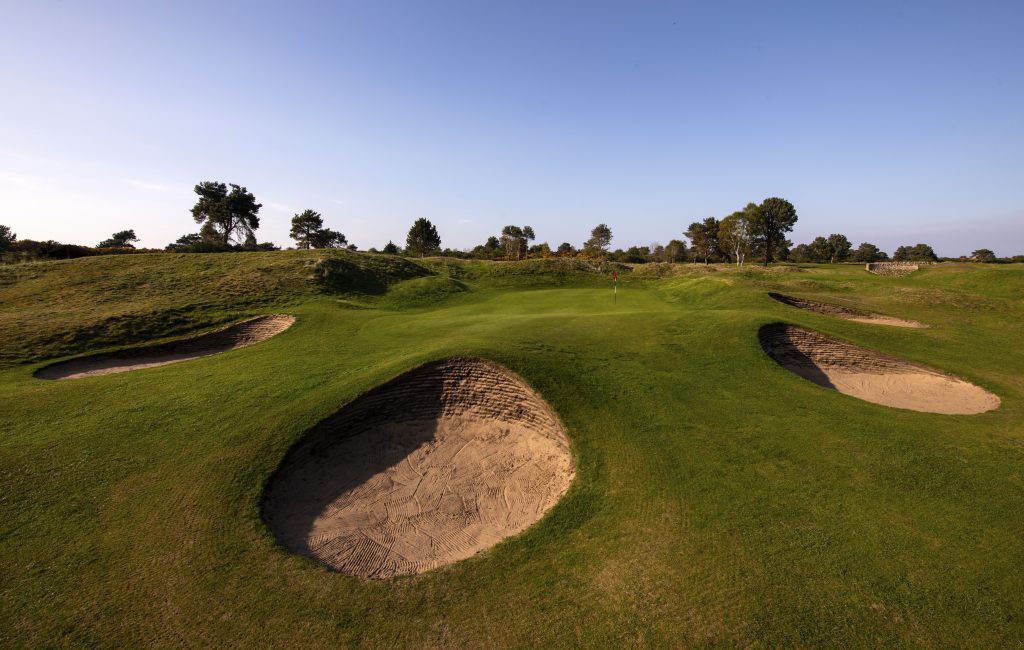Links effect restored at Nairn Dunbar Golf Club
Related Articles
Nairn Dunbar Golf Club has undergone a series of course improvements to restore the links effect at the Highland layout.
After receiving consistent feedback that holes 9, 10 and 11 had a more parkland feel, the club put a restoration plan in place to unveil as much of the natural dune systems and undulations as possible. Through sustainable management, Nairn Dunbar has also worked hard on producing more firm and fast greens for links golf and undertaken a rough, gorse and tree management programme.
Under the leadership of course manager Richard Johnstone, the club boasts an improved links test.
Director of golf Robbie Stewart said: “The course has long possessed all the essential ingredients of a thoroughly absorbing links layout and Richard and his team have brought that to the fore in recent years.
“With the autumn now here, we boast a superb all-year round links test at Nairn Dunbar.”

The par three 8th at Nairn Dunbar
The restoration plan has helped achieve the overall links experience, as previously there was a band of larch trees, gorse and broom running down the right-hand side of the 10th hole that blocked the view of the Moray Firth and the natural dunes. With the addition of new teeing surfaces, the parkland feel has been lost.
Johnstone has also worked on the composition of the grass species on greens, introducing more fine leaved grass into the surfaces and reducing the amount of meadow grass content.
“We have also firmed up surfaces by regularly top-dressing with dune sand to dilute organic matter with significant changes to firmness on greens and approaches,” he said.
The club also implemented a rough management plan to return the links roughs to their natural condition, allowing fescues to regenerate to a dominant position and leave a long, open and wispy rough. “This gives the course a better aesthetic effect but allows members and visitors to find their balls and help speed up play,” added Johnstone. “We also introduced a gorse and tree management plan to return areas of the course back to its original dune landscape, with the removal of gorse, broom and other non-native species.”

























